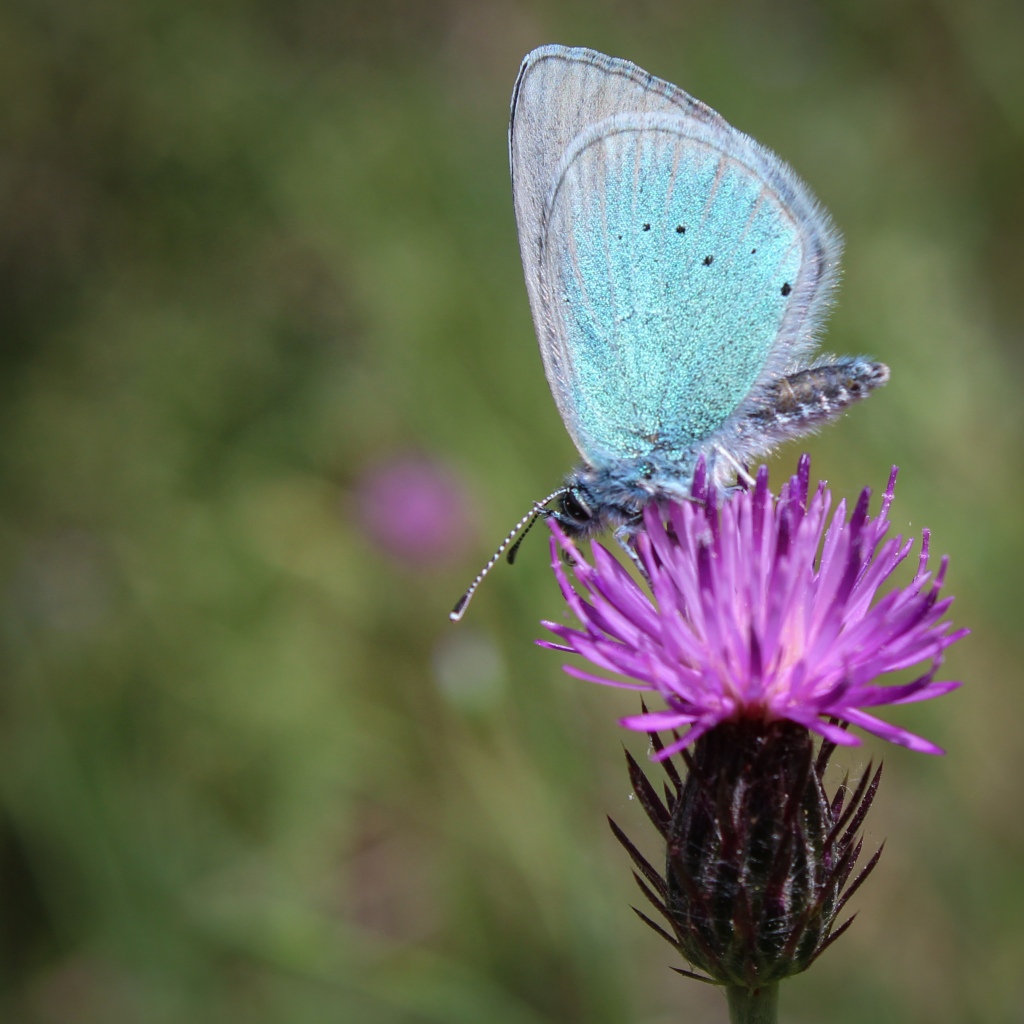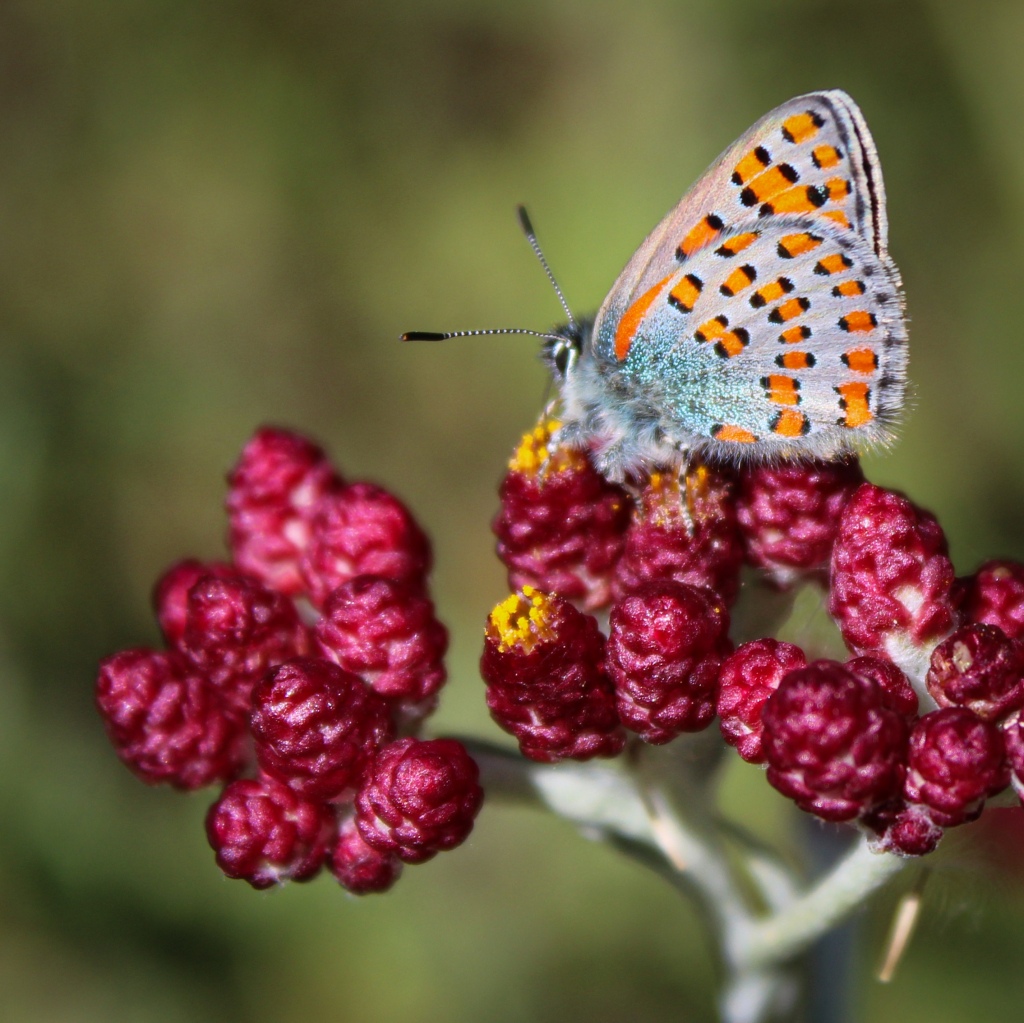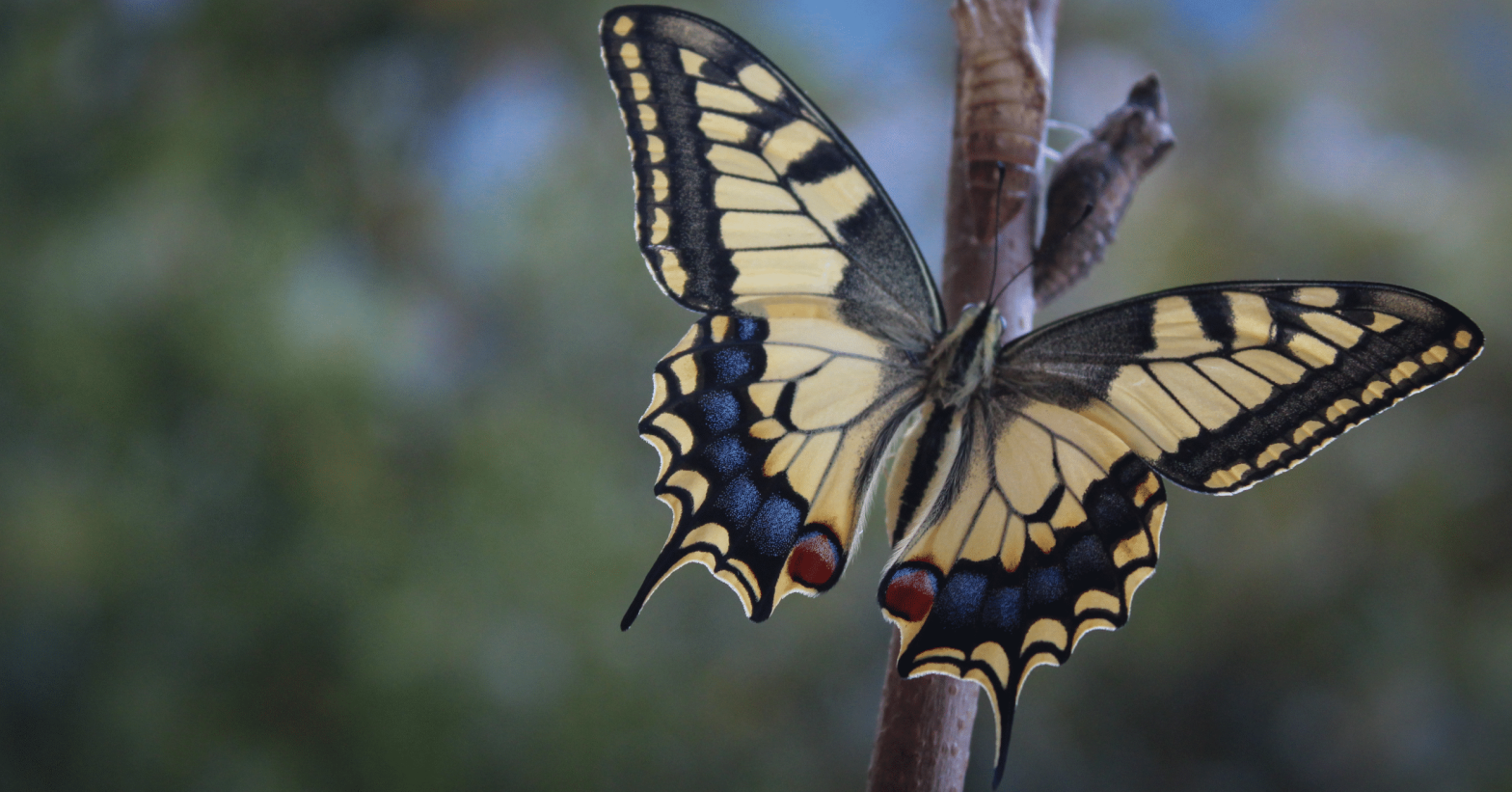By Leila-Rossa Mouawad, Lebanon
Probably one of the most admired insects worldwide, butterflies have long inspired researchers, artists, innovators and designers. They are often portrayed as the essence of nature and the symbol of life, freedom, hope, change and peace. However, with a changing climate and increasing anthropogenic dangers such as urbanization, pollution, degraded landscapes and intensive agriculture, these beautiful creatures face some serious threats.
The order of Lepidoptera has been around for at least 50 million years and currently englobes around 175,000 discovered species of butterflies and moths with a diversity of shapes, patterns, colors and sizes. Butterflies inhabit almost every terrestrial ecosystem, be it coastal, mountainous, desert or tropical rainforests, with the exception of polar regions.

We all were amazed by learning about a butterfly’s life cycle in our childhood; the complete metamorphosis that starts from an egg where a caterpillar hatches, transforms into a chrysalis then into a magnificent winged creature. But what’s even more interesting is the survival strategies that butterflies developed such as mimicry, camouflage or chemical defense; specific chemicals can be released to deter predators and parasites or find a mate. Butterflies can even taste substances with sensory organs on their feet. All these factors are possible opportunities for further research and can be potentially exploited scientifically and economically.
Butterflies are key biodiversity indicators. Their presence signifies a healthy environment, diverse ecosystems and other wildlife species. These collectively provide a wide range of environmental benefits, including pollination, food chain equilibrium and natural pest control. Butterflies have long been an important group for biological research in different fields: evolution, mimicry, climate change, genetics, pest control and much more.
However, these fragile creatures struggle to survive in a degrading environment: habitat loss, pollution and climate change. Alarmingly, four species of butterfly have gone extinct in the last 150 years and the rest have declined in abundance and occurrence, and will continue to be at risk unless urgent widespread conservation action is taken. Click here for threats in detail.
“Conserving butterflies will improve our whole environment for wildlife and enrich the lives of people now and in the future.” – Butterfly Conservation, UK
Butterflies are part of our natural heritage and have been studied for over 300 years. But now it’s time to reinforce citizen science in parallel to scientific research, based on innovative monitoring, spatial planning, conservation techniques and capacity building for our youth to be advocates for nature, forest innovators and real change-makers. This would be a stepping stone alongside strict nature reserves, to conserve inclusive, natural habitats for wildlife and biodiversity.
Butterfly gardening is a sustainable tool that has the main objective of attracting butterflies. The gardener cultivates a diversity of flowers, weeds and trees without the use of any agrochemicals. It has great potential for nature conservation and habitat restoration for wildlife as it attracts other beneficial species that are crucial for ecosystem balance. Click here for tips for butterfly gardening.

Several key actions can be taken to help build a resilient future for our youth and future generations: awareness is where it all begins, adopting an inclusive community approach to develop a sense of ownership of the forest among locals. Monitoring butterfly populations, their abundance, lifecycles and migration. Evaluating all threats and risks nature encounters. Instilling value and importance of Lepidoptera in forest conservation and ecosystem equilibrium. Prioritizing nature in all national and international policies and decisions. Identifying Prime Butterfly Areas as priority zones for conservation and as Key Biodiversity Areas.
On an ending note, forests have always been my refuge, home and healer. Not long ago, I developed a passion for insects and took it as a mission to highlight the unseen beauty in nature and advocate for species by taking pictures of insects and wildlife that most people don’t notice unless they look very closely. You can check my Instagram for more photos.
To me forests are irreplaceable, they are our homelands, they are essential to protecting natural and cultural diversity, they provide a wide range of ecosystem services, and they are fundamentally important to the livelihoods of communities. Yet they are disappearing very fast; therefore, our wellbeing, our air, our water, our climate, our pharmacy, our survival, our biodiversity and our heritage all depend on our forests, but once gone they’ll be gone forever, and they will never truly come back. We have already lost a lot… Nature is all we have left, so let’s join forces to make it thrive again!
This blog was submitted as part of the #WFCKorea blog competition.
The first selection of competition finalists will be based on the number of comments, likes, and views each entry gets. Please consider supporting this entry by:
- Leaving a comment at the bottom of this post
- Showing your appreciation by clicking the “Like” button below
- Sharing this post via your social media channels, using the hashtag #WFCKorea

Are there any conservation initiatives for butterflies in Lebanon? Your article made me very curious about the topic.
Thank you for your feedback Moustapha!! I know that SPNL has done a lot of work in that field, you can check butterflies.spnl.org for more
What an interesting article to read and learn about our beautiful creatures butterflies and how important is to protect our nature.
Thank you so much!!!!
I love it 💙 you make us proud 🦋
Love you❤
Well-written and informative text.
Deserves first place
Thank you so much for your feedback dr!
Thank you for enlighment document We support you. Thank you so much.
Thank you so much for the support!
İt is very nice.
Thank you!!
Very interesting. And by the way great pictures.
Thank you so much for the support!
Wow🙌
Thank you Ndisha!!
Wow! Very interesting
Thank you fatima!
Congratulations! The protection of butterflies, one of the most naive and sensitive creatures in the world, is a sign that ecosystems are healthy. As someone who has been working in the forestry organization for nearly 30 years, I read your article with great interest and appreciation.
İsmail Belen
https://www.linkedin.com/in/ismailbelen/
Thank you so much mr Ismail, your support is really appreciated!
Awesome! Really is. The photography, the narration and the flow. Way to go Leila!
Well done, Leila! Thanks for reminding us how amazing these creatures are 🙂
And how wonderful that you used all your own photos – they are beautiful.
I love butterflies. There are many butterfly pictures that I have taken. Thanks to the article, I learned more about butterflies. Congratulations.
Very proud of you!
Very interesting article. I enjoyed reading it, especially that it covers a wide scope of areas including butterflies life cycle, their threats, conservation, and monitoring, butterflies as key biodiversity indicators reflecting the health and functionality of ecosystems, butterfly gardening as a restoration initiative that all people can participate in and support, education and awareness as key for climate change action and environmental sustainability, and finally forests and the fundamental role they play in providing ecosystem services which we as humans highly depend on to survive and thrive.
Looking forward to reading more of your articles Leila. Keep it up.
Beautiful!
Very nice
İts very interesting article. May be its butterfly effect..